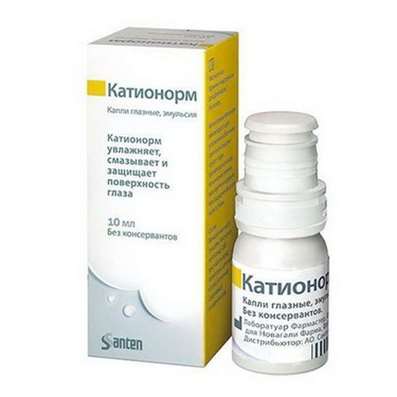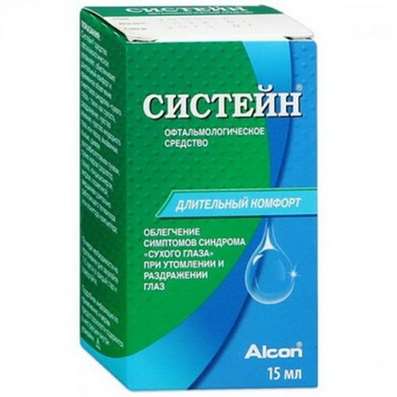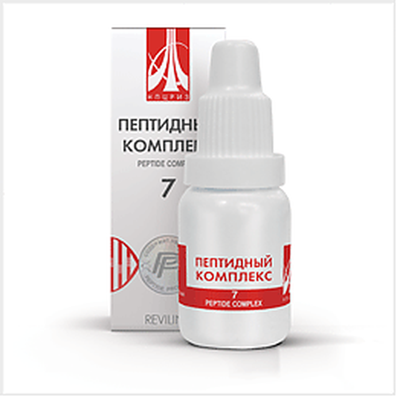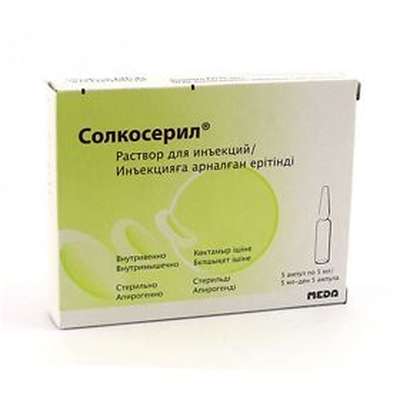Peptides and testosterone
17 Aug 2017
Peptides and testosterone in the practice of bodybuilding are considered complementary concepts. The consequence of the course of taking anabolic steroids is a decrease in the function of the pituitary-hypothalamus-testicle axis, and as a result, a significant weakening of the secretion of own male sex hormones. That is why after high-dose chemotherapy courses, competent post-course therapy (PKT) is required, which involves the use of peptide drugs that normalize the release of endogenous testosterone.
Peptides for increasing testosterone
In sports pharmacology, to eliminate the syndrome of androgen deficiency and prevent testicular atrophy, a unique drug is used that is analogous to gonadoliberin. It is called Gonadorelin. It is a peptide for increasing testosterone, recommended for use as a PKT agent that activates the pituitary gland. The drug stimulates the secretion of luteinizing and follicle-stimulating hormone, which control the metabolism of the testes and control spermatogenesis.
Gonadorelin is recommended to be used after a course of anabolic steroids, as one of the components of post-course therapy. This tool, quite popular among professional athletes, and with virtually no side effects, provides a qualitative way out of the AU course, does not allow "showering" and avoids the oppression of one's own sexual function.
Positive effects of the application
Increased secretion of own testosterone;
Preservation of muscle mass;
Normalization of spermatogenesis.
Based on the foregoing, the conclusion is that the peptides and testosterone are closely related. During post-course therapy, Gonadorelin is recommended for taking a pulsatile schedule: 2 weeks of intake, 2 weeks of rest, 2 weeks of treatment again, and then a long break (to prevent oppression of the gonadotropic function of the GGN). The daily dosage is 100-200 mcg, divided into 3-4 injections. At the end of PTC it is recommended to pass an analysis for sex hormones.

 Cart
Cart





